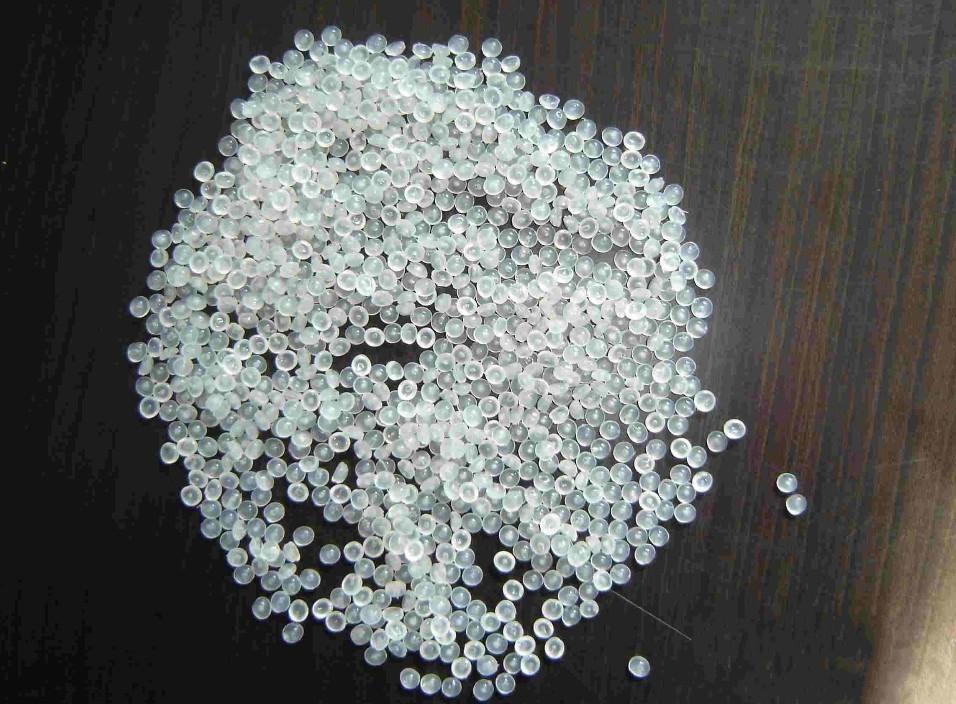HDPE

HDPE has several properties that make it ideal as a packaging and manufacturing product. It¡¯s stronger than standard polyethylene, acts as an effective barrier against moisture and remains solid at room temperature. It resists insects, rot and other chemicals. It is easily recyclable and can be used again and again. Recycled HDPE creates no harmful emissions during its production or during its use by the consumer. Also, HDPE leaks no toxic chemicals into the soil or water.
HDPE is one of the most commonly used plastics in the world. It is typically found in milk jugs, plastic bags and refillable plastic bottles. In addition to plastic lumber and recycled plastic furniture, recycled HDPE is used to manufacture lawn and garden products, buckets, crates, office products and automobile parts.
Physical Properties
Typical Value
Comments
Density
0.942-0.946g/cc
DIN53479
Viscosity Measurement
¡İ280
cc/g
Melt flow Rate(190C /5kg)
0.4-0.7g/10min
DIN53735
Collected Volatile Condensable Material
¡Ü0.30%
BP 138
Mechanical Properties
Typical Value
Comments
Impact
¡İ9.0
Mj/mm2;DIN 53453
Optical Properties
Typical Value
Comments
Yelow index
¡Ü4.0%
DIN 6167
Descriptive Properties
Typical Value
Contamination
< 2 defects in 200 gr of pellets
40-003 HOECHST
